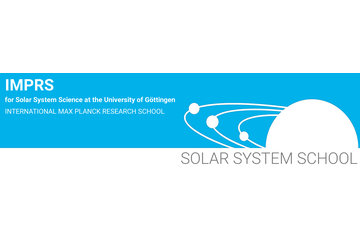Decrypting stellar measurements of magnetic activity with the solar key
Analyzing the high spatial resolution solar Ca II H and K emission data obtained by the SUNRISE mission and building a model of other stars more active than the Sun
Stellar surface magnetic fields are responsible for different exciting phenomena such as chromospheric and X-ray emission, flares, spectroscopic and brightness variations of stars. They also hinder the characterization of exoplanets and their atmospheres. While solar magnetic fields have been extensively studied, the measurements of magnetic fields on other stars are scarce and often difficult to interpret. Thus, various proxies of stellar magnetic fields are often employed, with the most widely used being the emission in the cores of the extremely strong Ca II H and K lines at about 390 nm. Much of what we know about stellar magnetism and activity is due to measurements in these lines. This emission arises in stellar chromospheres and is strongly affected by the non-thermal heating produced by the magnetic field. Furthermore the measurements of the Ca II H and K emission can be readily done with ground-based telescopes and are currently available for millions of stars. Despite its broad use the exact sources of Ca II H and K emission are not yet fully understood and its exact connection to stellar magnetism remains unclear, hindering the full use of the rich set of data. The Sun provides a perfect natural laboratory for revealing the missing link between Ca II H and K emission and magnetic field. At the first stage of the project the successful candidate will work on analyzing the high spatial resolution solar Ca II H and K emission data of unprecedented quality obtained by the SUNRISE mission. At the second stage the information obtained from the solar observations will be used to build a model of Ca II H and K emission of other stars, in particular, more active than the Sun.




